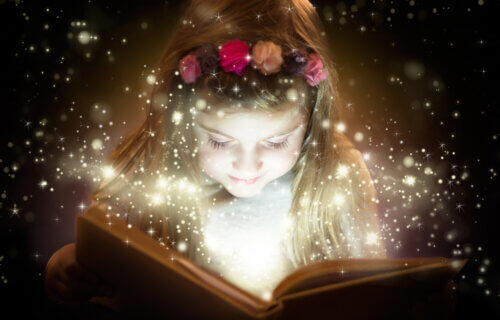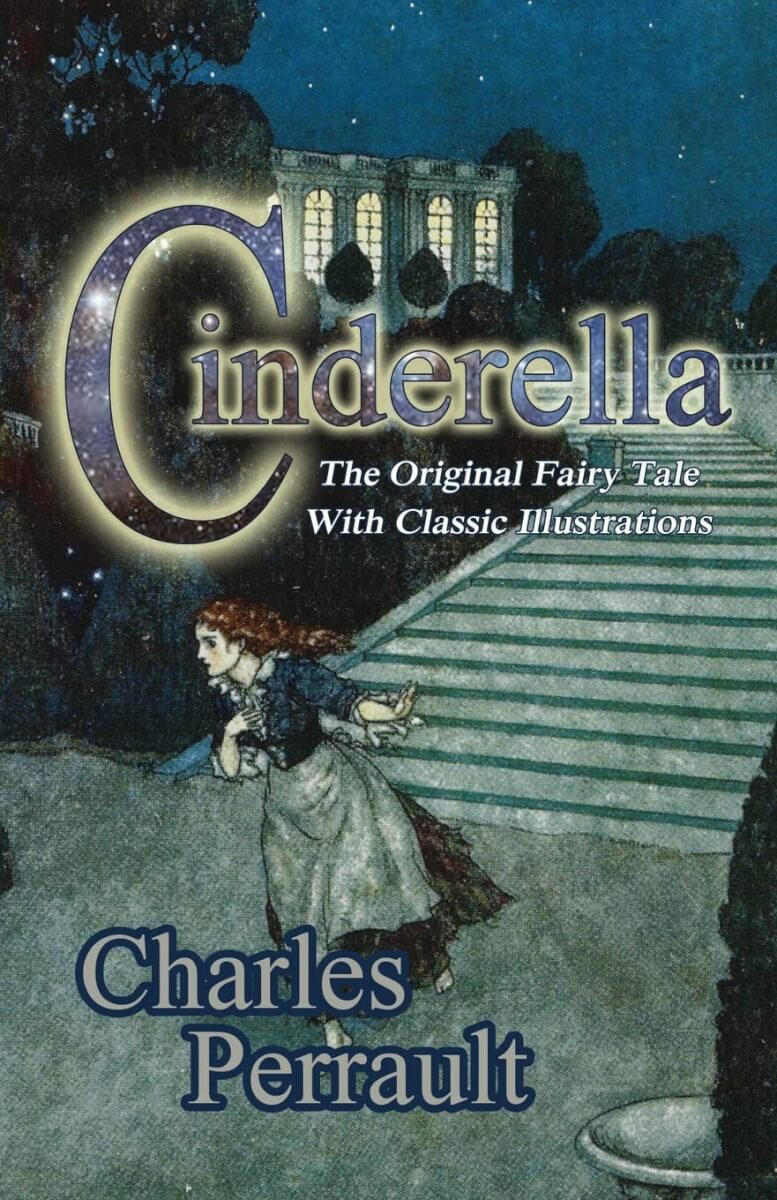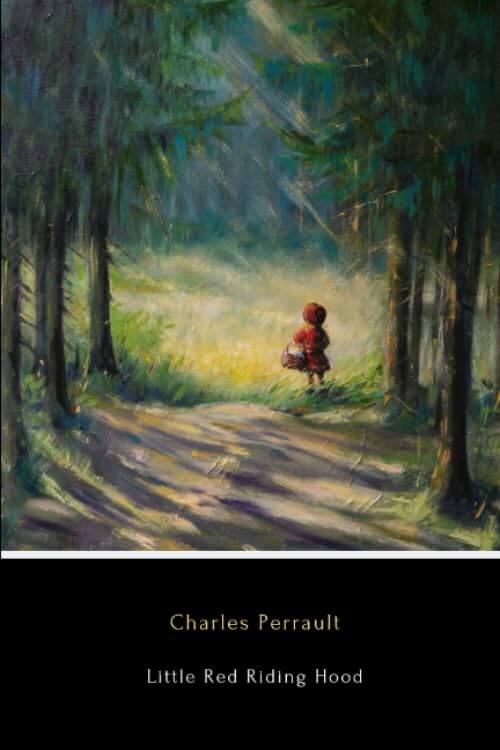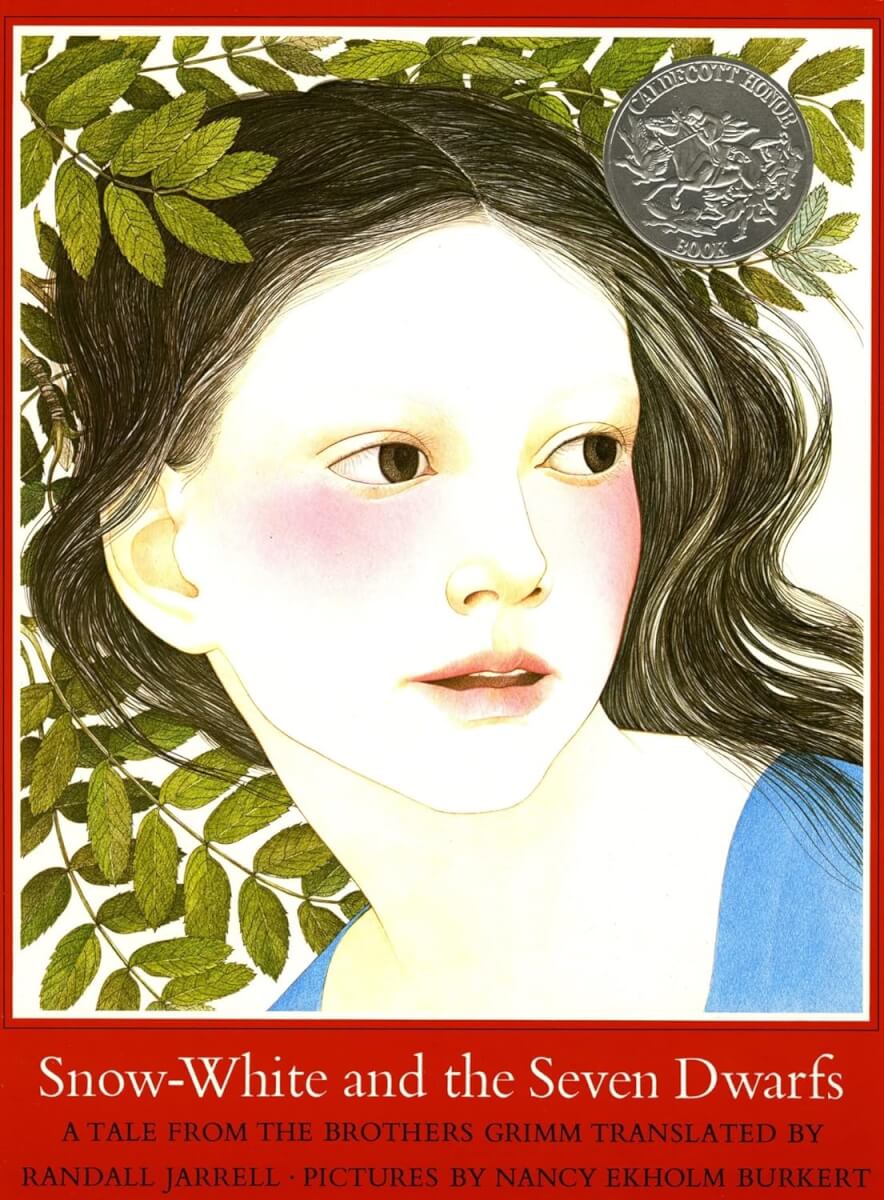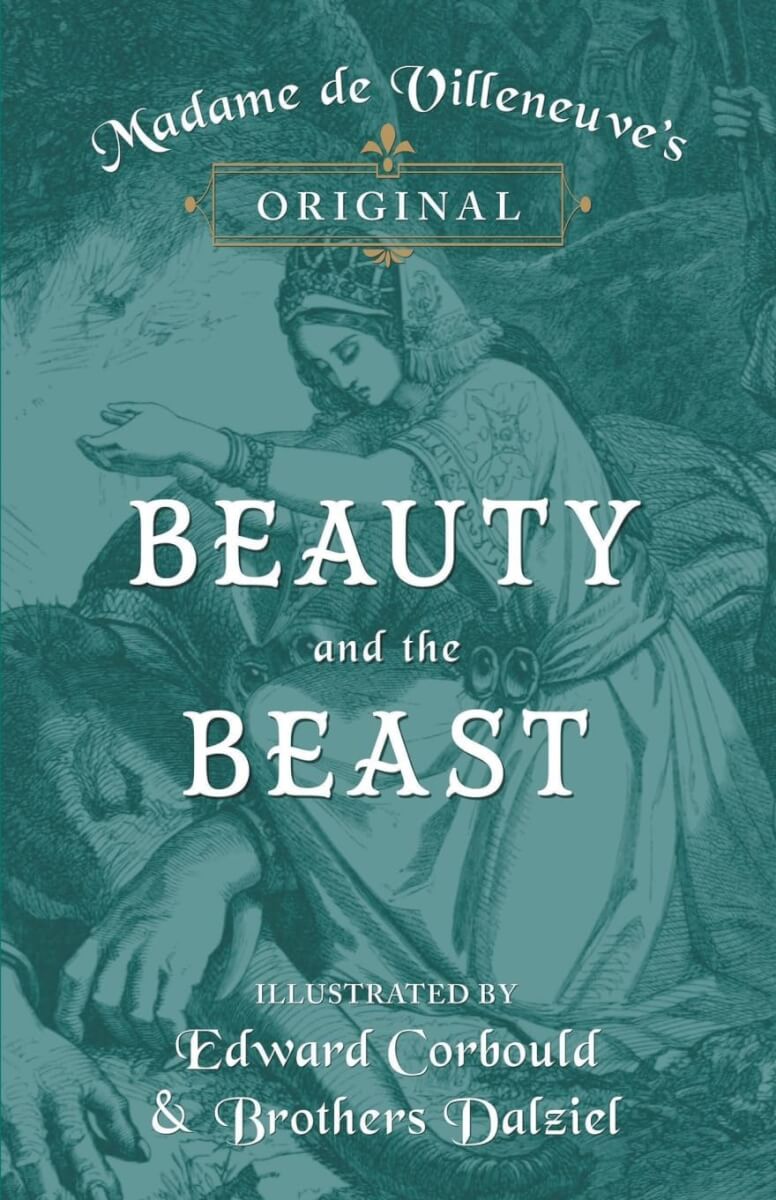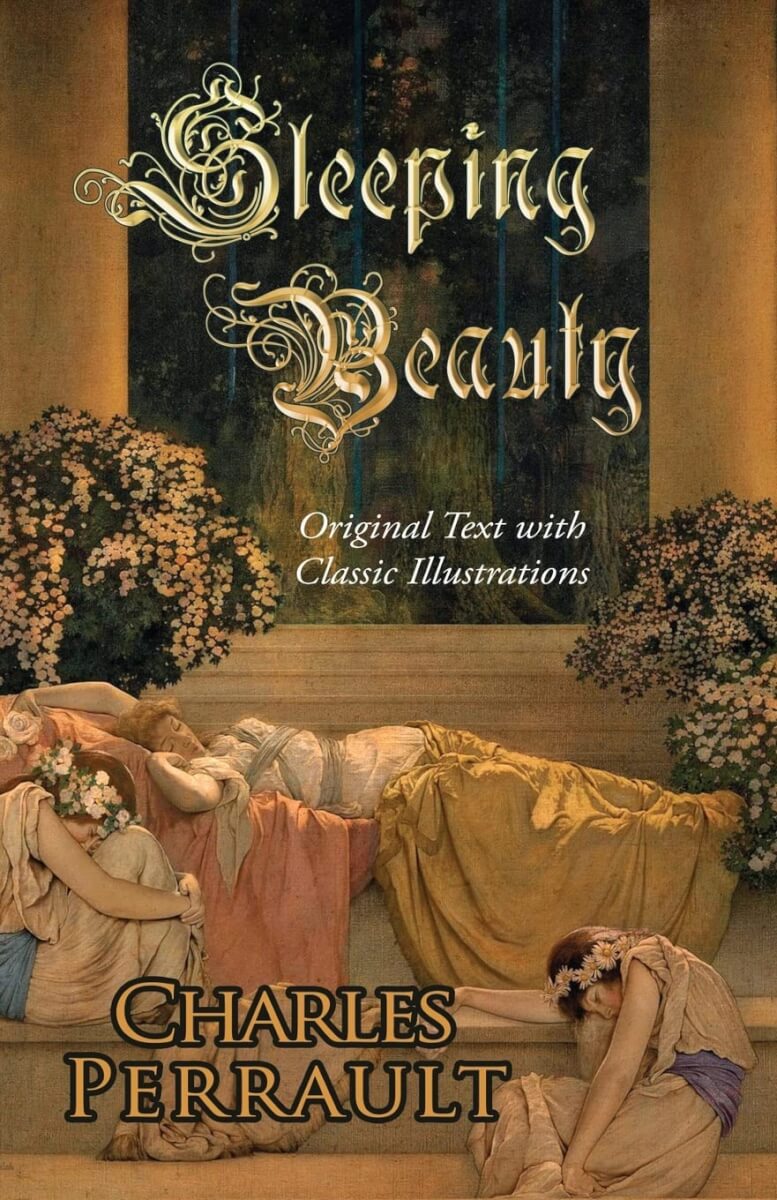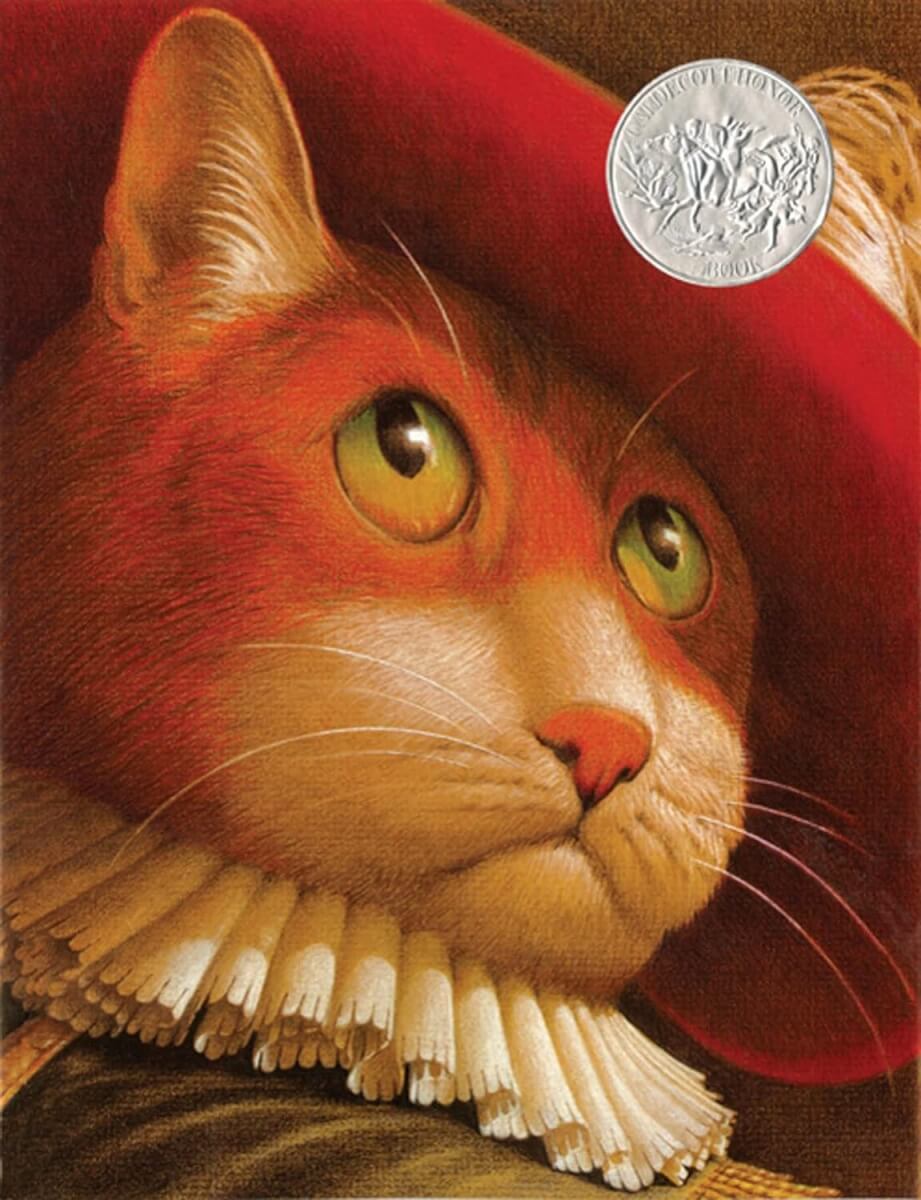Fairy Tales are some of the earliest nursery rhymes that expose children to the joy of reading. These early childhood tales teach lessons, aid in learning to read, and can help create deep bonds between parents and children. Our list of the top seven best fairy tales are nigh-mythic legends that are deeply rooted in the public subconscious.
With all the amazing benefits of reading as a child, it’s time to examine the classics everyone should pick up. All of the stories on our list have their roots in the legendary folk tales of the world that have stood the test of time on childhood bookshelves. We combed through 10 expert literature reviews to compile this list of the consensus best fairy tales of all time. Let us know if we missed one in the comments below!
➡️ How Our “Best Of The Best” Lists Are Created
StudyFinds’ “Best of the Best” articles are put together with the idea of taking the work out of common consumer research. Ever find yourself searching for a product or service on Google and reading multiple reviews to find items listed across many of them? Our Best of the Best lists are created with that process in mind, with each item ranked by how frequently it appears on expert reviews or lists. With Best of the Best, you are getting consensus picks — making them truly the best of the best!
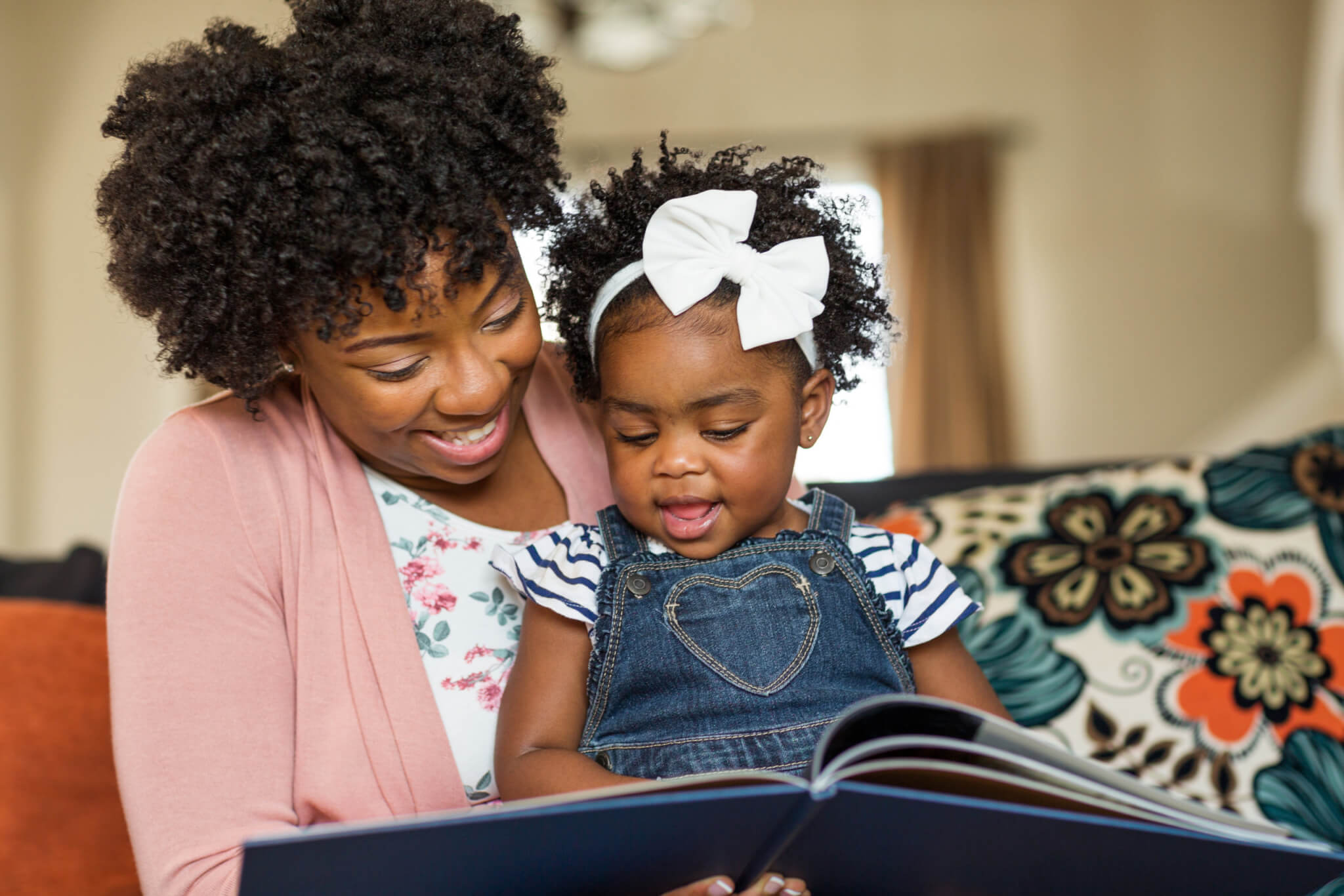
The List: Best Fairy Tales of All Time
1. “Cinderella”
Few fairy tales have had the cultural impact of “Cinderella.” This classic has numerous adaptations and retellings. The story of Cinderella is a true folktale staple. While the versions by Charles Perrault (1697) and the Brothers Grimm (1812) are most widely known, Watchmojo points out that Cinderella’s tale has roots that stretch back to ancient Greece, 9th century China, and countless other cultures. The universal themes of the story have transcended cultures, languages, and centuries of storytelling.
Reader’s Digest adds another layer to the story’s depth. They estimate that there may be as many as 1,500 variations of Cinderella around the world. This vast number of adaptations speaks to the power of the core Cinderella narrative and its ability to resonate with people from all walks of life and cultural backgrounds.
The Cinderella story, though containing variations, follows a common thread. A kind young woman endures hardship at the hands of a cruel stepmother and stepsisters. Often forced into menial labor, she dreams of a better life. When a grand event, typically a royal ball, is announced, a magical encounter, often with a fairy godmother, transforms her appearance and allows her to attend. There, she captivates the prince, but due to limitations placed by the magic, she’s forced to flee abruptly, leaving behind a glass slipper. The prince, determined to find the mysterious beauty, searches the kingdom with the glass slipper. Ultimately, their true identities are revealed, and their love story culminates in a happy marriage.
2. “Little Red Riding Hood”
Little Red has been taking the Big Bad Wolf head-on for centuries. This is a tale with many different versions that has been passed down for generations. According to Epic!, the Grimm Brothers’ version features a brave Little Red who overcomes danger after encountering a sly wolf. This version emphasizes lessons like bravery, resilience, and the importance of listening to grown-ups.
My Little Moppet points out a key difference between versions. In Charles Perrault’s telling, Little Red has an unfortunate encounter with the wolf. However, many other versions, particularly those from Europe and North America, offer a more hopeful ending where she is saved. This version highlights the importance of following instructions and finding courage in difficult situations.
Interesting Literature focuses on the enduring popularity of the tale, despite its varying morals. They acknowledge the common interpretation of not talking to strangers, but leave the broader meaning open-ended. Regardless of the specific lesson, “Little Red Riding Hood” remains a beloved story with a long history.
3. “Snow White and the Seven Dwarfs”
“Snow White” is another tale that has many different variants. Whether with her sister Rose Red or her famous companions the seven dwarfs, this story is loved by many. The original Snow White story can be quite different from the Disney version we’re familiar with. What Do We Do All Day shares that the original ending includes the evil stepmother meeting a fiery demise. This reader found the original story less frightening than the Disney movie, though.
The Guardian identifies jealousy, particularly the stepmother’s envy of Snow White’s youth, beauty, and innocence, as the driving force behind the conflict. They also mention the motif of the seemingly dead princess, similar to Sleeping Beauty, who awakens with a kiss from her prince.
The story has captivated readers for over two centuries. The tale of Snow White finding refuge with the seven dwarfs is a beloved classic, and its continued relevance with new adaptations for modern audiences remains just as touching (Brightly).
4. “Beauty and the Beast”
The story of “Beauty and her Beast” is well known the world over. It was even once adapted into a 1987 television series starring Ron Perlman and Linda Hamilton. Beauty and the Beast is a timeless story that explores love beyond physical appearances. Little Joys summarizes some key points of the plot, highlighting Belle’s sacrifice to save her father and the eventual happily ever after between her and the transformed prince.
Splash Learn says the story is possibly based on real-life inspiration. It is rumored to be based around a couple living in France in the 1500s. The man had a condition called hypertrichosis which causes abnormal amounts of hair growth on the body. He was called a “wild man,” and was caged for a long time. He eventually ended up marrying a royal court servant’s daughter. Could this be true? We may never know.
As far as the message behind this classic fairy tale, Reader’s Digest notes the importance of inner beauty and the transformative power of love. Beauty’s ability to see past the Beast’s exterior and appreciate his true character resonates with readers who may have ever felt undeserving of love or longed for their own love story to bring about positive change.
5. “Sleeping Beauty”
“Sleeping Beauty” is a story of the dangers associated with crossing a witch. The fairy tale is a familiar bedtime story for many children. The classic plot follows Princess Aurora, who is cursed by an evil witch, because she was not invited to her royal christening as a baby (My Little Moppet).
Interesting Literature says numerous variations of the story exist, each with its own title and sometimes significant differences in details. While “Sleeping Beauty” was made famous by Disney, other versions are titled “Talia,” “Little Briar Rose,” “Rosamund,” or “Aurora.”
What Do We Do All Day recommends a version with illustrations by Felix Hoffman, suggesting it’s worth searching for if you’re looking for an edition with beautiful artwork.
6. “Puss in Boots”
Before the famous Antonio Banderas adaptation, “Puss in Boots” was still a beloved nursery rhyme. Children love this story of a clever cat who always seems to get into mischief. With a cunning feline at its center, The Guardian describes Puss as a kitty using trickery and wit to elevate his penniless owner to a life of wealth and marriage to a princess.
You may only be familiar with the orange, cowboy boot-wearing cat from “Shrek.” These boots didn’t just come out of nowhere. Splash Learn notes that, in the 16th century, footwear was a marker of social status, and boots were particularly associated with wealth. This adds another layer to Puss’s accomplishments, as acquiring the boots not only grants his owner material riches, but also elevates his perceived social standing.
7. “Hansel and Gretel”
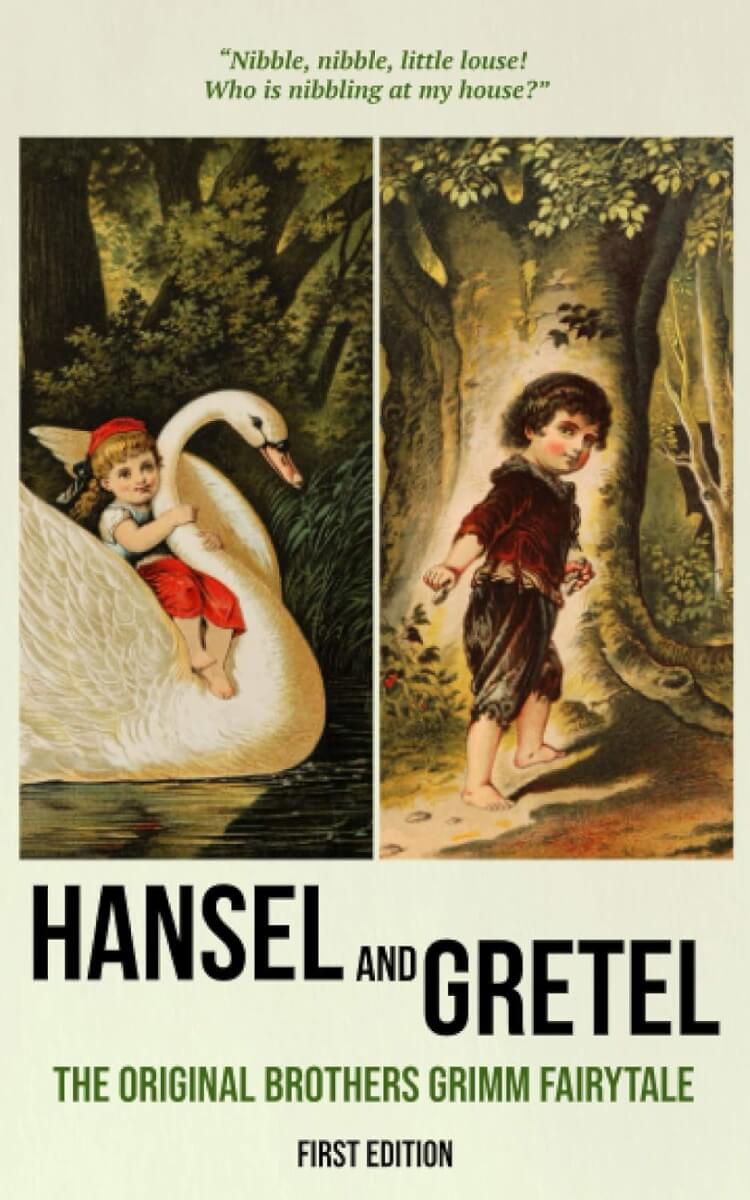
“Hansel and Gretel” is a story about hunger. It was told to children in lean times as a cautionary tale. It is a dark but enduring fairy tale. My Little Moppet offers a basic summary of the plot: “This children’s fairy tale is about two siblings named Hansel and Gretel. Both children get hungry after being abandoned by their stepmother in the forest and eat a real gingerbread cottage. The witch who lives in that cottage catches them and feeds them well so she can feast on them when they grow fat. Finally, both children throw the witch into the oven that was supposed to roast them.”
Reader’s Digest delves into the story’s possible origins, suggesting it might be inspired by a historical period of hardship, the Great Famine of 14th-century Europe. Despite its grim elements, the tale’s popularity has spanned centuries and cultures.
The story taps into themes of abandonment, darkness and lightness, with the vulnerable children facing danger but ultimately outsmarting the evil witch. The Guardian acknowledges that the story can be unsettling for some children, potentially invoking fear and empowerment within the narrative.
You might also be interested in:
Sources:
- Watch Mojo
- SplashLearn
- Reader’s Digest
- epic!
- My Little Moppet
- Interesting Literature
- What Do We Do All Day
- The Guardian
- Brightly
- Little Joys
Note: This article was not paid for nor sponsored. StudyFinds is not connected to nor partnered with any of the brands mentioned and receives no compensation for its recommendations. This article may contain affiliate links in which we receive a commission if you make a purchase.
